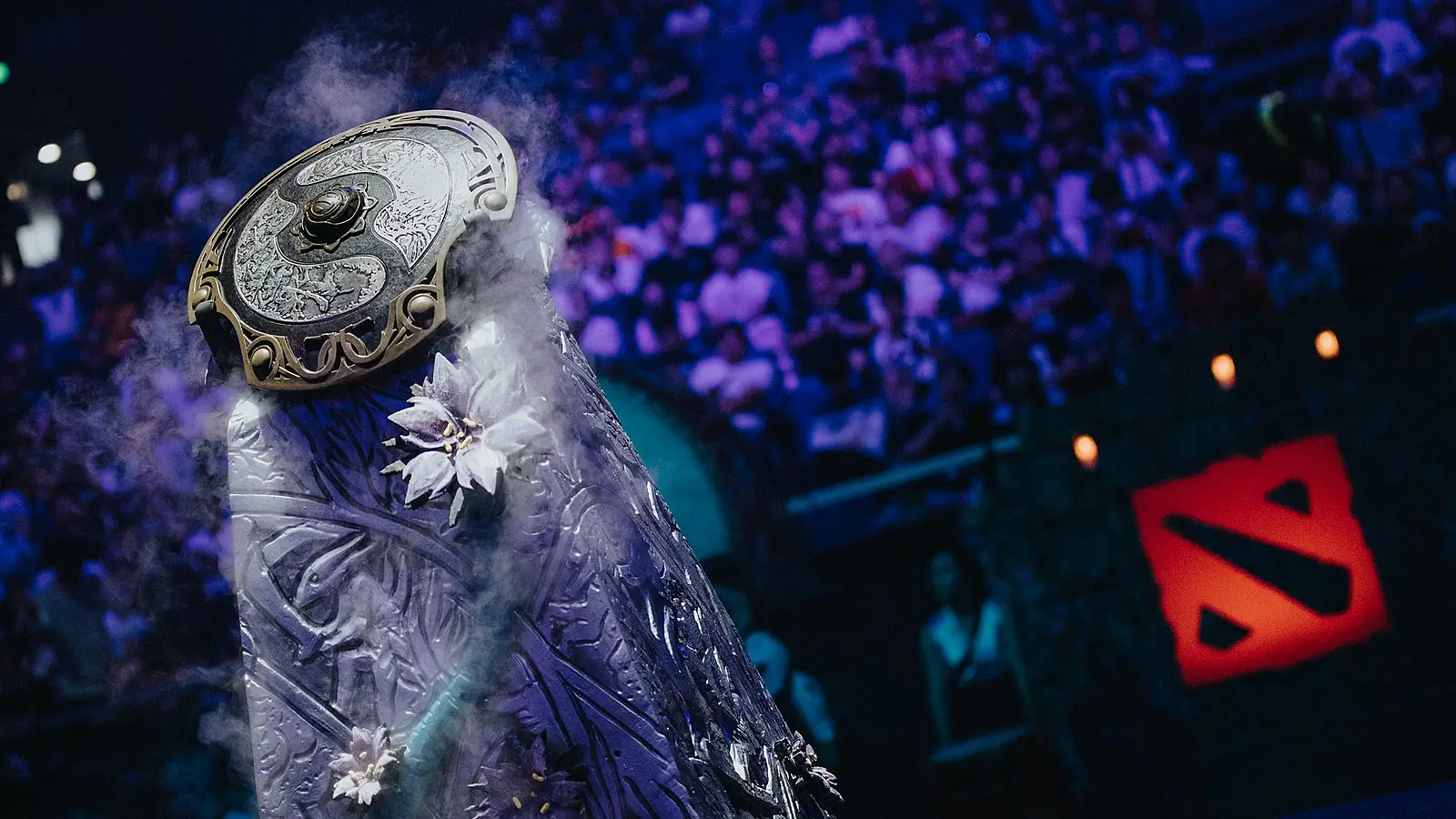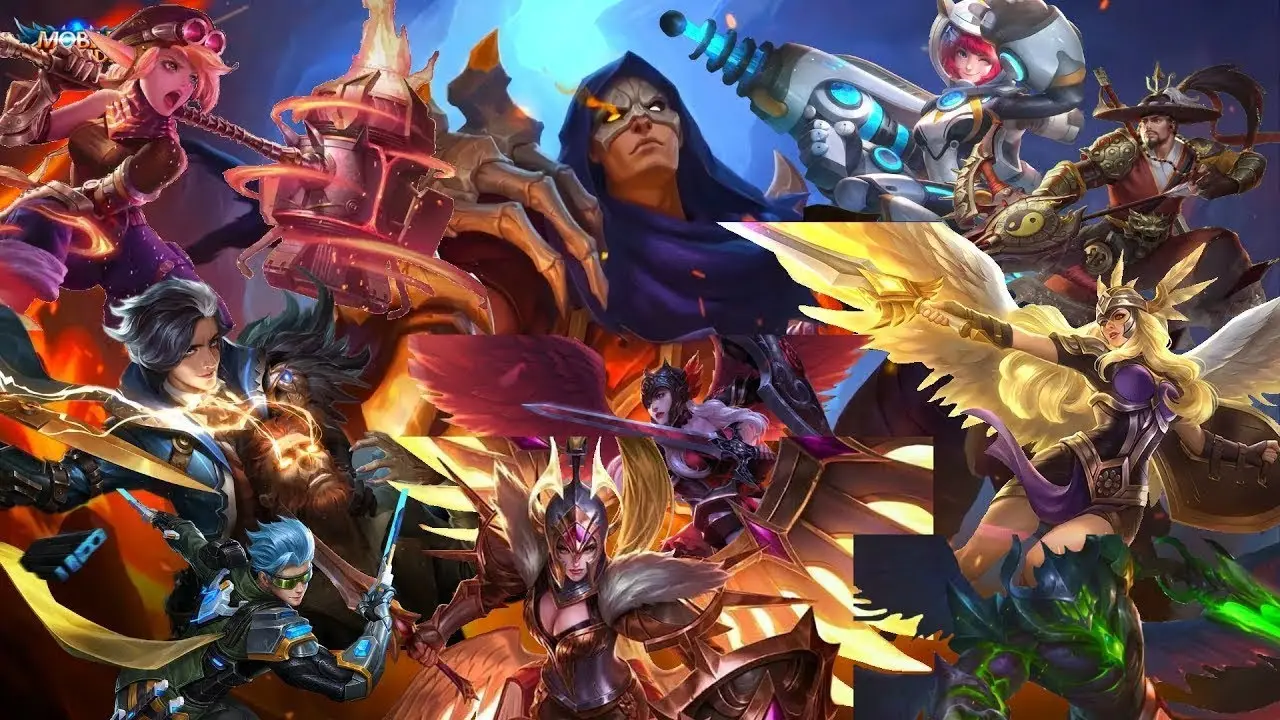Cinema has long ceased to depict sports as just a ball, sneakers, and a stopwatch. On the screen, it’s not a game, but a journey; not a score, but overcoming obstacles; not a result, but internal transformation. The top sports films unite multifaceted stories: champion biographies, psychological dramas, catharsis of teams and individuals. Box office numbers, critics’ reviews, festival awards — everything indicates that sports movies have long been in the premier league of cinema.
1. “Warrior” (2011): boxing without a ring doesn’t end
The story of brothers, separated by the past and brought together in the octagon cage. Tom Hardy and Joel Edgerton embody former fighters crossing paths in an MMA tournament. Director Gavin O’Connor creates not just a drama, but a cinematic “pear,” where the viewer is hit alongside the heroes. Stakes: a $5 million budget against $24 million in box office revenue, a critical rating of 84% on Rotten Tomatoes. It motivates not by the final blow, but by what precedes it: pain, training, internal struggle.
2. “Miracle” (2004): a story without sticks and clichés
The film redefined the genre of true stories: the US hockey team against the USSR at the 1980 Olympics. It sounds like a report, but works like a drama: tension between personal and collective, cold versus passion, goal above stars on epaulets. The top sports films rarely include movies where the coach (Kurt Russell as Herb Brooks) becomes the centerpiece of the plot, not just a decoration. The Olympics turn into a metaphor for victory over predestination.
3. “The Blind Side” (2009): football as a social battering ram
Critics expected a tearjerker, but got a film that made it to the top sports movies list due to its authenticity. The story of Michael Oher — a future NFL player raised in the slums. Support from an adoptive family, adaptation in school, entry into the pros — not a screenplay, but a real biography. Sandra Bullock won an “Oscar,” and the project grossed $309 million on a $29 million budget. The effect is like after the final whistle: you want to stand up and change something.
4. “Moneyball” (2011): statistics against intuition
Without a ball, but with maximum accuracy in delivery. The story of Billy Beane (Brad Pitt), a baseball team manager who used analytical models to select players. The top sports films rarely offer plots where formulas take the field, not athletes. But here, mathematics generates more heat than the final match. The movie is not about the result, but about the method — and about how logic changes the system, even if resistance comes from within.
5. “Rocky” (1976): where it all began
Rocky in a gray suit, with a swollen eye and a hand in a cast. The city of Philadelphia. The song “Gonna Fly Now.” It’s impossible to imagine the top sports films without “Rocky,” where there is little technique, but maximum spirit. Budget — $1 million, box office — $225 million. Three “Oscars” and 5 sequels. The archetype of a fighter who elevated sports films to the level of personal philosophy. Director John Avildsen bet not on a knockout, but on the journey — and didn’t lose.
6. “Dangal” (2016): a girl with a sword and character
Bollywood rarely enters the top sports movies, but “Dangal” breaks the mold. It’s about wrestler Mahavir Singh, who, contrary to Indian traditions, teaches his daughters wrestling. Filmed in a barn, training on knees, battles on the mat and in minds. The film grossed $311 million on a $10 million budget, becoming the highest-grossing in Indian cinema history. Motivation comes not from books, but from dusty halls and real fights for the right to be oneself.
7. “Ford v Ferrari” (2019): speed as an argument
Director James Mangold conveys the race sensation without CGI and clichés. 1966, Le Mans, Henry Ford II vs. Enzo Ferrari. Christian Bale and Matt Damon embody driver Ken Miles and engineer Shelby. The top sports films include this movie for its purity of delivery, detail accuracy, and technical authenticity. Each scene is like a pit stop: fast, precise, to the point. A story about how a team with an idea and character defeats an industrial giant.
8. “Secretariat” (2010): the speed of the heart and the resilience of faith
A biographical drama about the legendary racehorse Secretariat — not just a story of victories, but a narrative of resistance to stereotypes and chances. When stable owner Penny Chenery, played by Diane Lane, takes over the family business, she goes against the male order and a world where the female opinion is often equated with intuition, not strategy. Secretariat becomes not just a racehorse, but a symbol of breakthrough — the triumph at the 1973 Triple Crown entered the annals of history with a record still unbeaten.
Director Randall Wallace avoids clichéd delivery: the races are filmed as emotional battles where the finish line measures not bodies, but wills. The uniqueness of the plot lies in the rare balance of fact, cinematography, and inspiration.
9. “Goon” (2011): a fight for one’s place
When sports stop being an idealized arena of heroes, “Goon” steps onto the stage — a film that doesn’t embellish hockey but shows it head-on, without a helmet. The main character Doug, a simple enforcer with a kind heart and a strong chin, joins a semi-professional hockey team not due to technique but thanks to a rare mix of loyalty and strength of spirit.
Director Michael Dowse turns the ice rink into a field of internal battle: for the right to be oneself, for respect, for identity. This is not just a sports comedy. It’s a film about a man who found not a path to fame in hockey, but a path to himself. The humor here is rough but honest; the fights are not for spectacle but as a symbol of perseverance and belonging. The film’s uniqueness lies in honesty: no one makes a hero out of strength but shows how it can become a bridge to self-esteem.
10. “Senna” (2010): documentary at maximum speed
Ayrton Senna — a symbol of the Brazilian spirit, a three-time Formula-1 champion. The plot tells not so much about races as about the price of speed, the fragility of life, and the idea of becoming the best. Director Asif Kapadia uses only archival footage — not a single reenactment. Films about athletes rarely convey emotions so authentically. It enters the top sports films as the best example of the “docudrama” genre. Achievement is not speed but influence: the film became a cultural phenomenon in 12 countries.
11. “King Richard” (2021): tennis as a project
The story of the rise of Venus and Serena Williams through the prism of their father, Richard. Will Smith shows how a coach turns an ordinary backyard into a forge of champions. The plan — 78 pages, the strategy — from the age of five. Without pathos, but with faith. Sports films rarely show how a champion is shaped off the court. Here, every episode is a step towards the main tournament of life.
12. “Cool Runnings” (1993): bobsledding without snow
The Jamaican bobsled team at the Winter Olympics. Sounds like a joke, but made it to the top sports films list due to charisma, humor, and strength of spirit. Athletes without ice, with sponsor rejections and ridicule from all sides, still hit the track. It became a cult classic — not because of victory, but despite its absence. It’s these motivating sports films that resonate: they get to the essence — overcoming.
Why These Films Work
The best sports films work not only with emotions. Each is a professionally crafted project with numbers, data, and a clear logic of impact:
- Directors focus on dynamic delivery: training scenes are shot with multi-camera setups, editing creates a presence effect.
- Actors undergo physical training: Christian Bale lost 30 kg, Tom Hardy gained mass, Sandra Bullock studied game schemes.
- Screenwriters rely on real biography: each athlete is not a character but a specific story, documented and verified.
- Films about athletes receive high ratings not because of the genre but due to engagement and authenticity of delivery.
- Critics and viewers react similarly: strong reviews, repeat viewings, broad discussion even beyond sports communities.
Such films don’t sell sports; they live it — with sweat, mistakes, nerves, and triumph. Each frame becomes an emotional impulse, resonating even with those who have never stepped onto the starting line.
Top Sports Films: Conclusions
The top sports films continue to grow — the genre remains relevant. The new wave of cinema is based not on special effects but on truth, where sports become a mirror of life. Competition, success, journey, overcoming — not just parts of the script, but the essence that drives every frame. This is the power of sports cinema: the ability to inspire without faking emotions and leaving the viewer with a question that pertains not to the result but to personal goals.
 en
en  de
de  ar
ar  es
es  nl
nl  hi
hi  fr
fr  it
it  pt
pt  el
el 










